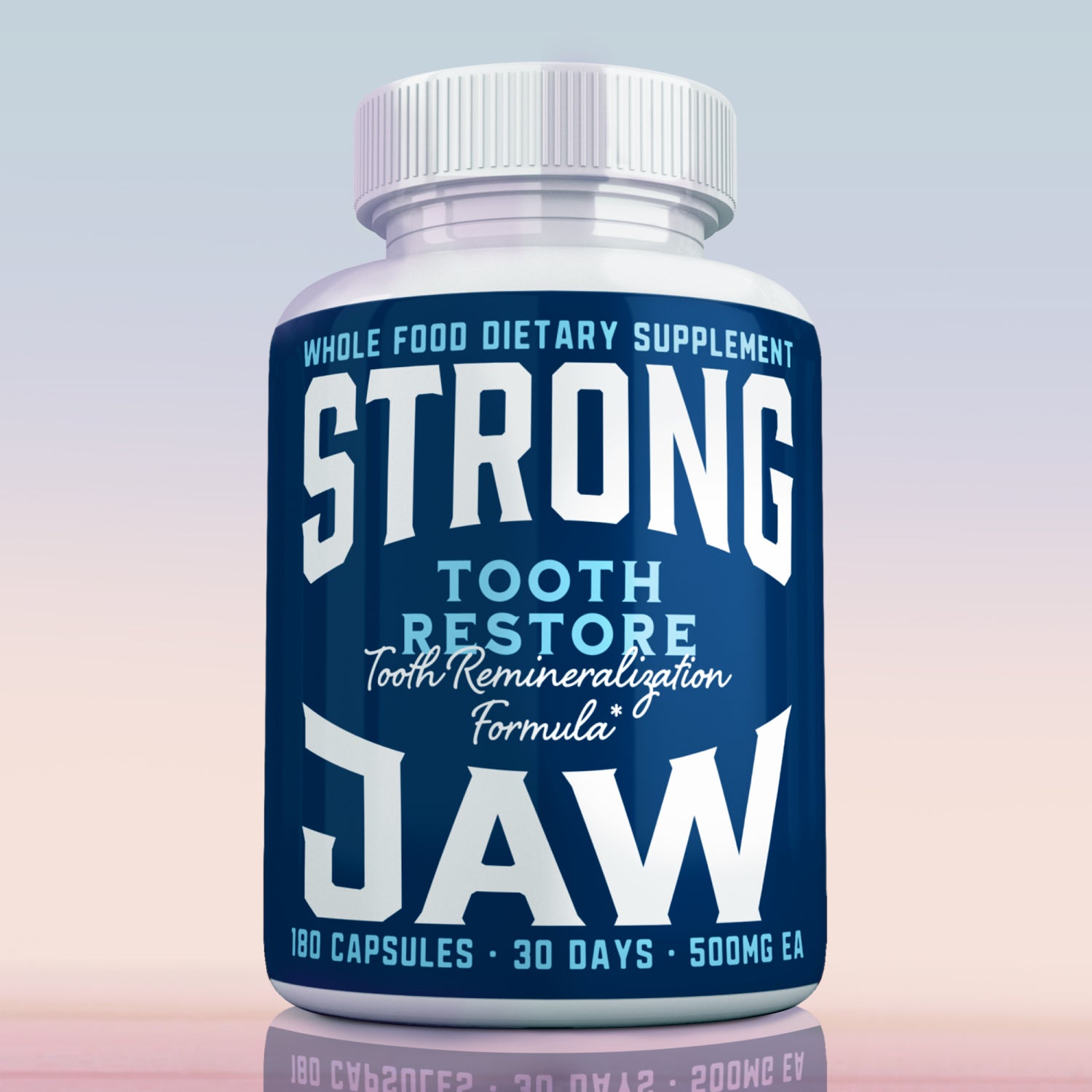Problems with Psoralens: What You Need to Know About Your Skin's Silent Enemy
Introduction
In this blog series about the Sun we explored a myriad of topics related to our closest star and its influence on our health. For this part of our blog series, we will delve deeper into an essential yet overlooked topic: Psoralens. Understanding psoralens is crucial for those interested in animal-based and evolutionary diets, as well as for those concerned about skin health and photo damage.
The Role of Psoralens
Psoralens are a family of natural compounds found in certain plants. They belong to a group of molecules known as furanocoumarins. Although psoralens occur naturally, they can have a significant impact on skin health when they accumulate in your body. These compounds are crucial to understand, especially if you're following an animal-based or evolutionary diet, which might include foods that are rich in psoralens.
| Furanocoumarins Related to Psoralens |
|---|
| 1. Xanthotoxin |
| 2. Methoxsalen |
| 3. Bergapten |
Psoralens and Animal-Based Diets
In the context of animal-based and evolutionary diets, psoralens often go unnoticed, despite their critical role in skin health. While many people consider some of these foods healthy and natural, they may inadvertently contain high levels of psoralens. Understanding the effects of these compounds can offer insights into the potential photo damage and skin cancer risks associated with these specific foods.
Foods Containing Psoralens
Psoralens are prevalent in many foods that we commonly consume. Some of the leading sources include parsnips, celery, and parsley, all of which belong to the Apiaceae family. These compounds are not just passive elements in your diet; they accumulate in the skin, potentially leading to various health concerns.
| Common Foods High in Psoralens |
|---|
| 1. Parsnips |
| 2. Celery |
| 3. Parsley |
| 4. Carrots |
Psoralens and Skin Cancer

Psoralens can significantly affect your skin's health, particularly when it comes to cancer risk. High levels of UVB exposure already pose a risk of non-melanoma skin cancers such as squamous and basal cell cancers. Combining this exposure with a diet rich in psoralens exacerbates the risk. Studies have corroborated these risks, particularly in psoriasis patients who undergo UVA treatments after being given psoralens.
Medical Uses and Risks


Interestingly, psoralens have medical applications, notably in the treatment of skin conditions like psoriasis. The treatment, known as PUVA (Psoralen + UVA), involves administering psoralens to the patient followed by UVA radiation. While effective for some skin conditions, this therapy poses its own set of risks.

For example, a 65-year-old woman developed severe phototoxic burns after consuming a large amount of celery root and then visiting a suntan parlor. Her bloodstream showed high levels of psoralens from the celery root, indicating the danger of combining psoralen-rich foods with UV exposure.
DNA Interaction

The mechanism through which psoralens pose a health risk involves their interaction with DNA. When exposed to UVA light, psoralens cause cross-linking of DNA strands. This action alters the DNA structure, thereby increasing the risk of skin damage and, potentially, skin cancer.
Citrus Consumption and Melanoma Risk

While the focus has largely been on foods like parsnips and celery, it's also essential to consider fruits, specifically citrus fruits. Studies have shown that there is a correlation between citrus consumption and melanoma risk, with grapefruit containing the highest levels of psoralens among citrus fruits.
| Citrus Fruits and Psoralen Content |
|---|
| 1. Grapefruit |
| 2. Oranges |
| 3. Lemons |
Recommendations
Given the potential risks, it would be prudent to limit your intake of foods rich in psoralens, especially if you have skin conditions or are at a higher risk for skin cancer. Other factors contributing to photosensitization in humans could include excess consumption of linoleic acid.
| Recommendations for Lowering Psoralen Intake |
|---|
| 1. Limit consumption of parsnips, celery, and parsley. |
| 2. Be cautious with grapefruit and other citrus fruits. |
| 3. Additionally, reduce your linoleic acid intake |
Conclusion
The role of psoralens in skin health is a complex yet crucial subject, especially for those interested in animal-based and evolutionary diets. Not only do psoralens present in our everyday foods accumulate in the skin, but they also interact with DNA when exposed to UVA light, increasing the risk of skin damage and cancer. Therefore, it's essential to be cautious about our intake of foods rich in psoralens, especially for those at high risk for skin issues.
Call to Action
Be mindful of the foods you consume, especially those rich in psoralens. A little caution can go a long way in preserving your skin's health. If you have pre-existing skin conditions or are at high risk for skin cancer, consult a functional healthcare provider for personalized advice.
Appendix
- PUVA: Psoralen + UVA therapy used for treating skin conditions.
- UVA and UVB: Types of ultraviolet radiation from the sun, where UVA has a longer wavelength and UVB has a shorter wavelength.
- Linoleic Acid: A type of fatty acid that can contribute to photosensitization in humans.
By taking the time to understand the impact of psoralens on our health, we can make more informed choices that benefit not just our skin, but our overall well-being.

